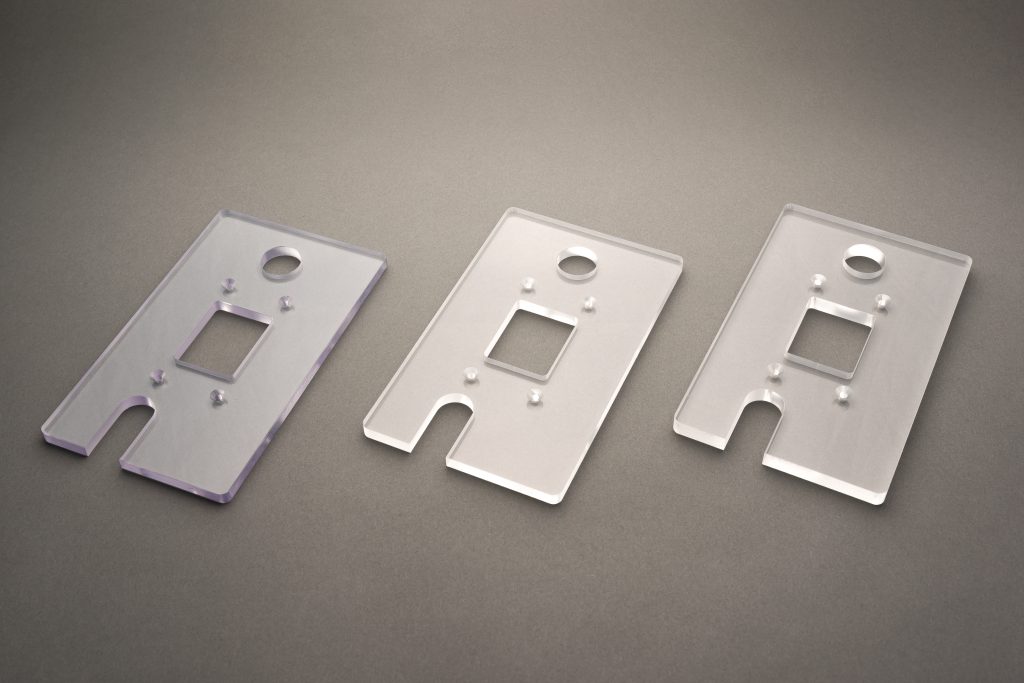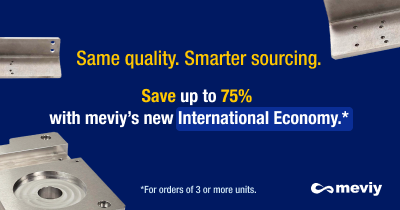BLOG » What is Plastic Processing? A Comprehensive Guide to Types and Features
What is Plastic Processing? A Comprehensive Guide to Types and Features
Plastic is one of the most widely used industrial materials today. It’s found in a vast array of products, from containers and kitchenware to toys, electronics casings, automotive interiors, and even home construction materials. With its extensive applications, understanding the different types and processing methods of plastics is crucial. In this article, we’ll dive deep into the world of plastic processing, exploring its various types and methods.

Types and Applications of Plastic Materials
Plastics can be broadly categorized into two types: thermoplastics and thermosetting plastics. Thermoplastics soften when heated, allowing them to be molded repeatedly. On the other hand, thermosetting plastics initially soften with heat but harden permanently upon further heating, making them moldable only once.
There are numerous types of plastics, each with unique characteristics and applications. Let’s break down some of the most common types and where they are used.
| Resin Type | Name | Features | Application Examples |
|---|---|---|---|
| Thermoplastic Resins | Polyethylene (PE) | Lightweight, properties vary depending on molecular weight | Packaging materials, household goods |
| Polypropylene (PP) | The smallest specific gravity | Daily necessities, containers | |
| Polystyrene (PS) | Weak to heat and impact, easy to color | Plastic model materials, daily necessities, automobiles | |
| ABS resin (ABS) | High strength, excellent rigidity and impact resistance | Electrical appliances, automobiles | |
| Polymethylmethacrylate (PMMA) | High transparency | Optical parts, automobiles | |
| Polyvinyl alcohol (PVA) | Very hydrophilic | Adhesives, surfactants | |
| Polyvinyl chloride (PVC) | Various types from hard to soft | Building materials, agriculture, daily necessities | |
| Polyacetal (POM) | Less prone to friction, excellent for repeated loads | Machine parts, construction piping | |
| Polytetrafluoroethylene (PTFE) | Highly resistant to water and oil | Building materials, household goods | |
| Thermosetting Resins | Phenolic resin (PF) | Relatively inexpensive | Machine parts, automobiles |
| Epoxy resin (EP) | Excellent adhesion and strength | Electrical appliances, building materials, dyes |
Plastic Processing Methods
Plastics can be processed using various methods. Here are the three main types of plastic processing:
-
Moulding Processing
Moulding involves injecting molten resin into moulds, where it is cooled and solidified. It’s ideal for mass production as the same mold can be reused. Common techniques include injection molding, extrusion molding, blow molding, and compression molding.
-
Machining Processing
In this method, solidified resin is shaped using machines. It’s often used for specialized processing or when multiple prototypes are needed. Techniques include lathe processing, where rotating resin is shaped with cutting tools, and milling, where rotating tools cut into the resin.
Advantages and Disadvantages of Plastic Components
Plastics offer several advantages over other materials like metals:
- Versatile Processing Methods: Plastics can be processed in various ways, catering to different manufacturing needs.
- Lightweight: Plastics are significantly lighter than metals, making them ideal for applications where weight is a concern.
- Excellent Electrical Insulation: Plastics are widely used in electrical components due to their insulating properties.
- Corrosion Resistance: Unlike metals, plastics do not rust or corrode, making them suitable for harsh environments.
- High Thermal Insulation: Plastics have low thermal conductivity, which helps in heat insulation applications.
However, plastics also come with some disadvantages:
- Low Heat Resistance: Most plastics can’t withstand high temperatures, limiting their use in certain applications.
- Low Mechanical Strength: Plastics are generally not as strong as metals, which can be a drawback in high-stress environments.
- Electrostatic Build-Up: Plastics can easily accumulate static electricity.
- Brittleness: Plastics can crack or break under stress, especially in colder temperatures.
- Non-Biodegradable: Most plastics do not decompose naturally, posing environmental challenges.
Engineering Plastics: Overcoming the Weaknesses of Standard Plastics
As mentioned, standard plastics have limitations like low heat resistance and mechanical strength, which restrict their use in extreme conditions. To address these issues, Engineering Plastics were developed. Unlike conventional plastics, these materials can withstand temperatures above 100°C and maintain their integrity. Some advanced versions, known as Super Engineering Plastics, can even endure temperatures exceeding 150°C.
Engineering plastics are widely used in industrial applications, including automotive parts, electronic components, robotics, and aerospace. With ongoing advancements, environmentally friendly engineering plastics are also being developed, promising a bright future for the industry.
Summary
Plastics are polymers made from petroleum and can be processed in many ways. When processing plastics, take into account the advantages and disadvantages of plastics and select the appropriate processing method for your purpose.
MISUMI meviy can cut the resins used in machinery and equipment in a wide range of industries, as well as the transparent resins often used in safety covers. even for drawing-machined products not handled by MISUMI (general web catalog), simply upload 3D CAD data to meviy for an immediate quote This is a feature of MISUMI.
 Deutsch
Deutsch Français
Français Español
Español Italiano
Italiano Polski
Polski